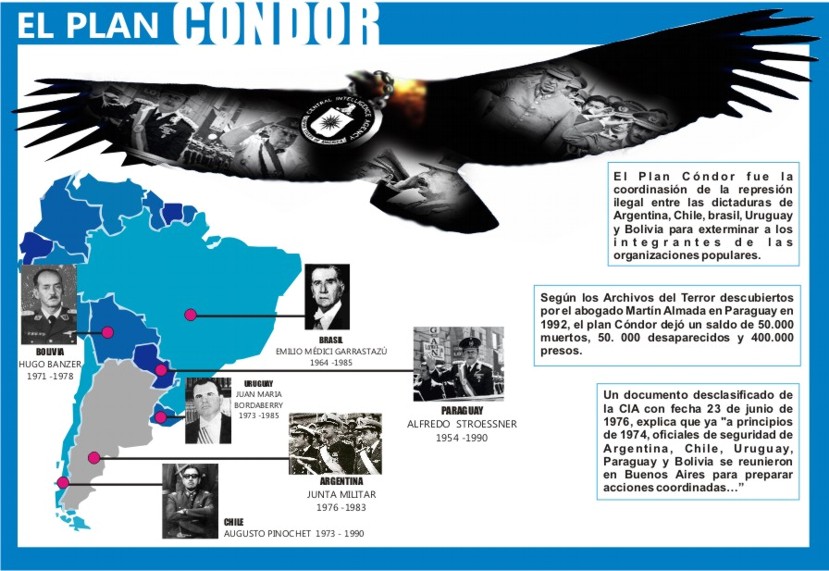

The maintenance of a biocultural relationship depends on the intergenerational transmission of knowledge. 2012) have led research efforts and conservation management to focus on biocultural diversity (Posey 1999, Oviedo et al. The evidence of a space-time overlap and the close links that exist between biodiversity and cultural diversity (Maffi 2005, Gorenflo et al. Key words: biocultural diversity biocultural memory Chileanization rural-urban migration Pentecostalism traditional ecological knowledge INTRODUCTION

Our study highlights that the role of putative biocultural keystone species is dependent on the vagaries of historical and contemporary socio-environmental processes occurring in the Andes and elsewhere. We suggest that, today, the condor can hardly be considered a biocultural keystone species for the Aymara people of northern Chile. Chileanization, migration, and the integration of evangelical religions into the area’s Catholic-Andean setting were identified as three processes that have deeply affected the transmission of TEK and the Aymara-condor relationship, with new generations living in socio-environmental contexts different from those of their ancestors. Our results indicate a nonarticulated set of information that can be identified as knowledge about the Andean Condor but is patchy and resembles relics, rather than an ongoing body of TEK that includes daily practices, social institutions, and a worldview shaped by the putative biocultural keystone species. A three-month ethnographic study was conducted in the Putre municipal district, including semistructured interviews, focus groups, and surveys of the district’s Aymara inhabitants. We evaluate the validity of this assertion in the light of the traditional ecological knowledge (TEK) of today’s Aymara from the high Andes of northern Chile. The Andean Condor ( Vultur gryphus) has previously been proposed as a biocultural keystone species for traditional Andean societies. The Aymara people of northern Chile have experienced historical and contemporary processes that have modified their culture and relationship with nature. Changing Socio-Environmental Contexts, Changing Biocultural Relationsīiocultural keystone species have been suggested for different societies, but there has been little empirical evaluation of their role in the face of rapid socio-environmental changes.Social importance of the Andean Condor and related institutions.



 0 kommentar(er)
0 kommentar(er)
